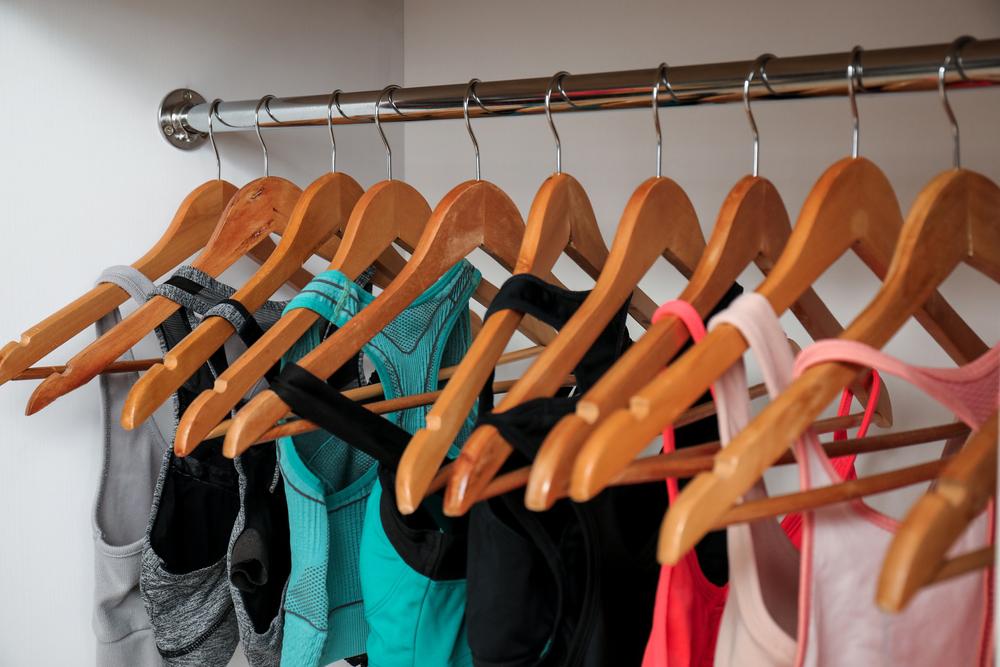 Content Warning: This article contains mentions of eating disorders.
Content Warning: This article contains mentions of eating disorders.
According to the National Eating Disorders Association, among female high school athletes in aesthetic sports, 41.5 percent reported disordered eating. A study on female Division II college athletes showed that 25 percent had disordered eating, and the numbers were similar for their male counterparts.
As a coach or a parent of a competitive young athlete, these statistics are scary — and eye-opening. Armed with this knowledge, though, there are a lot of things that we can do to help athletes navigate the tricky issues of eating to fuel their sport performance while developing a healthy relationship with food.
As a mental performance consultant with the Canadian Sport Psychology Association, a registered clinical counselor, and a former professional triathlete, Danelle Kabush, PhD, has spent years observing and helping athletes work through issues around disordered eating. Here’s what she wants parents and coaches to think about when it comes to disordered eating habits and young athletes.
Disordered eating is subtle
Remember, disordered eating isn’t the same thing as an eating disorder — there won’t necessarily be symptoms like binging and purging. As a coach or parent, you need to be aware not only of drastic weight changes, but also other physical and emotional warning signs, like “if they’re trying different diets, restricting certain foods, counting calories, or exercising beyond practice to ‘burn extra calories,’ versus eating for sport goals,” says Kabush.
In addition, Kabush recommends becoming aware of “when their thoughts constantly revolve around what they eat or don’t eat, and when they become focused on the idea that losing weight will mean they’re faster, stronger, or more popular.”
“When eating becomes the only thing that an athlete can control, that can be a warning sign that there’s something else going on in their lives. Those are all signs that point to disordered eating.”
Disordered eating isn’t evident from appearance
It’s not always the ‘skinny’ athlete on the team suffering from food-related emotional issues. Any athlete on the team can be struggling with disordered eating, even if he or she hasn’t noticeably dropped weight.
“Outward appearance doesn’t mean anything, it’s about the internal monologue that an athlete has,” says Kabush. “And athletes are subject to more criticism and suggestion of what they ‘should’ be, so the ones who differ from that norm might actually be more susceptible than the ‘skinny’ kids on the team.”
Pay attention to how an athlete acts versus looks
Some early warning symptoms of disordered eating won’t affect an athlete’s appearance, but will impact his or her mood and behaviors, explains Kabush. “They might have trouble focusing or concentrating, like being bonked all the time,” she says. “Or if someone becomes more secretive and eats alone or brings his or her own food rather than eating with the team, that’s another sign.” Look out for behaviors, not just weight loss.
Keep in mind that a trigger can be tiny
For some athletes, the slightest negative comment around eating or weight can trigger disordered eating habits, even a comment as simple as ’sugar makes you slow.’ What seemed like an offhand comment not intended to be used as a nutritional mantra can become gospel to an impressionable athlete struggling with body image.
“One comment can be a trigger, whether it’s from a parent, competitor, spectator, coach, teammate, friend, or someone on social media. And it’s even more prevalent in sports with weight classes,” says Kabush. Be aware of this when teammates are interacting with each other and be mindful of your own language around weight.
Social media has changed the emotional landscape for athletes
With social media influencers and professional athletes constantly sharing their ‘highlight reel’ and talking about what and how they eat, it’s important to remember that most athletes aren’t nutrition professionals and make sure that your athletes understand that what they see on social media shouldn’t be read as professional advice.
Even social media-savvy youth can be triggered by images from pro athletes posting race weight goals and food logs. If athletes on your team are constantly talking about things like a ‘hot new diet’ a pro is using, consider having a nutritionist or sports psychologist come speak to the team about healthy eating habits and reality versus social media.
Weight isn’t everything
Low body fat is commonly confused with improved performance, even at the highest levels. “But weight is just one piece of the pie. People get so focused on a number on the scale versus eating well to feel good and fuel their sport performance,” says Kabush. “Most athletes want to eat healthy to fuel performance, but they get distracted by weight loss or confuse weight loss with performance goals. As a coach or parent, it’s your job to help them understand the difference.”
Understand healthy eating habits
Remember that most young athletes have minimal or no nutrition knowledge, so things that seem obvious to you — like eating enough to fuel a workout, or including protein, carbohydrates, and fat in every meal, might not be obvious to your athletes.
“Teach them that nothing is off the table and teach them to recognize how they feel and perform eating certain foods,” says Kabush. “Help them learn to be in tune with their feelings around food and fueling for performance.” If you’re not comfortable with sharing nutritional knowledge with your athlete or your team, bring a nutrition professional in to speak to your team or child.
_____
While a parent or coach may not notice that an athlete is starting to show signs of disordered eating, opening lines of communication between a coach, parent, and athlete is crucial when it comes to the topic of disordered eating. Kabush recommends this be done early in the season, not when problems arise.



